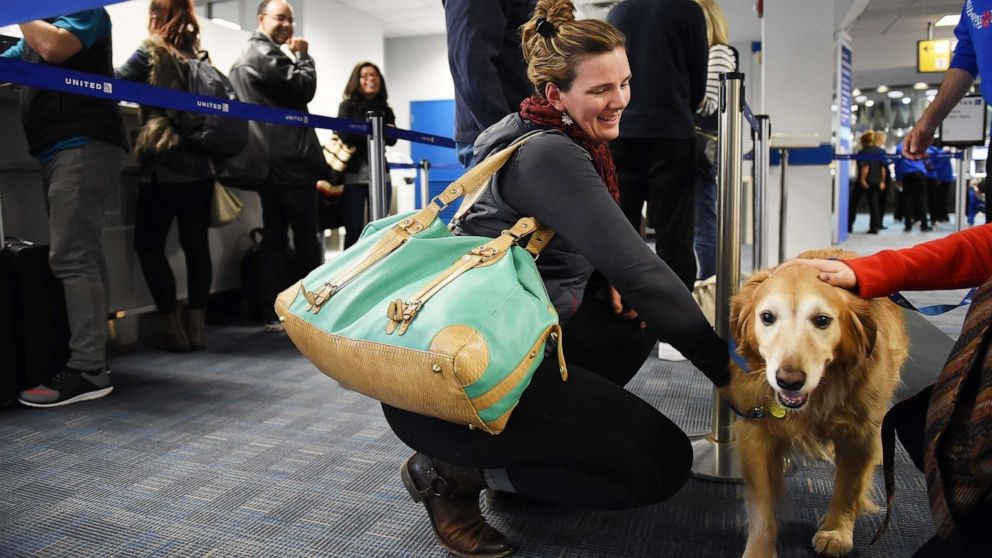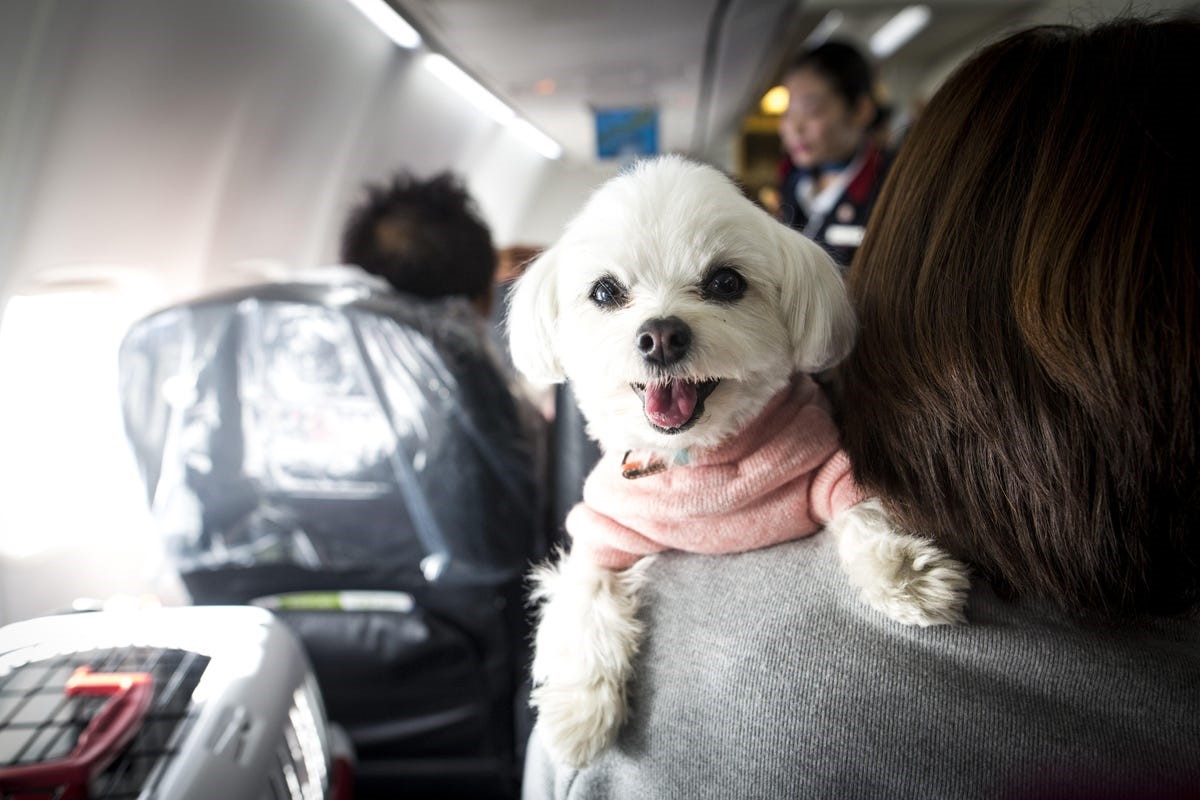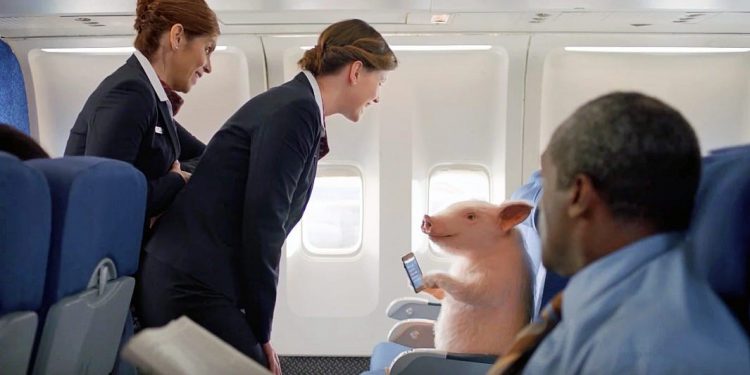Which Airlines Allow Emotional Support Animals
Choosing an airline these days can be a daunting task. With so many fees and different policies, it's hard to know which one will be the best fit for your needs. But what if you have a pet? Do all airlines allow emotional support animals on board? And if not, which ones do? Here's a breakdown of the airlines that allow emotional support animals and their specific policies.
Eligibility Requirements
Can emotional support animals fly? The answer is Yes. However, each airline has different rules and guidelines that must be followed. Before you book a ticket for your ESA, be sure to check with the airline to see if they allow emotional support animals onboard and what their policies are.
- To fly with an emotional support animal, you must be diagnosed by a licensed mental health professional for having a mental disability recognized by the DSM-5. The mental health professional must determine that your pet is necessary to reduce or eliminate symptoms of your condition. You and your pet will need to meet specific requirements before bringing your pet on the flight.
- As of now, there is no central registry for emotional support animals (ESA's), and each airline makes its own rules as to which types of animals are permitted. It is highly recommended that you contact the airline before purchasing your ticket.
How To Fly With An Emotional Support Animal

Flying with your pet is a breeze if you meet the requirements.
- The procedure of traveling with your ESA is straightforward if you fulfill the eligibility requirements.
- You will need to provide a letter from your mental health professional to the airline stating that you have a mental disability and that your pet is an ESA.
- You will also need to provide documentation of your pet's vaccinations.
- The airline may require you to present your pet in person for a brief meeting before allowing them to board the plane.
Airlines Where ESAs Are Still Permitted:

Delta
Delta has a good reputation for service and comfort and accepts emotional assistance animals on domestic flights. Delta requires that any emotional assistance animal have all the necessary vaccinations and be at least one year old – except psychiatric service dogs – who must meet health requirements from the month before travel. Service Animal ID cards, veterinary health forms, or vaccination records must be provided before acceptance of an ESA.
United Airlines
United Airlines is another major airline that allows emotional support animals on board. They have a few more specific requirements than Delta, such as that the animal is well-behaved and not disruptive to other passengers. Pets must also be eight weeks old and fully weaned before flying. If your pet doesn't meet those requirements, you may be able to have them travel in the cargo hold instead.
JetBlue Airways
JetBlue Airways is yet another airline that accepts ESAs on their domestic flights. They do not place any age restrictions on the animals but require some mental health professional documentation. JetBlue also asks for proof of vaccinations, as well as an agreement stating that you will be responsible for your pet's behavior during the flight.
Hawaiian Airlines
Hawaiian Airlines has a list of requirements for ESAs similar to those of United and JetBlue. They require that your pet be vaccinated, spayed or neutered, and microchipped. You'll also need to provide proof of health insurance as well as a letter from your mental health professional.
Alaska Airlines
Alaska Airlines is an excellent airline for traveling with your pet, as they allow service animals on their flights. But there are some exceptions – Pets cannot include snakes or other reptiles; ferrets, rodents, and spiders can only weigh up to 20lbs each (and must be housebroken); and exotic animals such as monkeys and bats are not permitted.
Airlines Where ESAs Are No Longer Permitted:
American Airlines used to be a major airline that accepted emotional support animals, but they have since updated their policy to no longer allow them on board.
Many people are aware that airlines no longer allow emotional support animals because individuals were abusing ESAs as a service, bringing on animals that would violate size or breed restrictions, or were otherwise a nuisance.
In 2016, United Airlines made it against company policy to have emotional support animals without a note from a mental health professional. In April of 2018, Delta Airlines followed suit and stated that all passengers would have to submit their ESA letter at least 48 hours in advance of their flight.
8 New Rules For Emotional Support Animals On Planes
Rule no 1-Airlines will now require a letter from a mental health professional in order to allow an emotional support animal on board the plane.
Rule no 2-Only a limited number of animals are permitted to be brought on board as an ESA- these include dogs, cats, and a few other options.
Rule no 3-Emotional support animals must have all their necessary vaccinations, this includes rabies and other diseases that could potentially harm other passengers.
Rule no 4-The animal must be housebroken, well behaved, and not disruptive to other passengers. If the ESA is deemed to not be following these rules then the airline has the right to remove them from the flight.
Rule no 5-The ESA letter must be submitted to the airline at least 48 hours before the flight.
Rule no 6-The animal must fit into a carrier that can be placed under the seat without taking up extra space.
Rule no 7-The cost of bringing an emotional support animal on a flight is the responsibility of the person flying.
Rule no 8-The animal and letter must be registered and recognized by a major mental health organization such as: National Alliance on Mental Illness, Anxiety and Depression Association, or the American Psychiatric Association.
Conclusion: So, if you're planning on traveling with your ESA, be sure to check the airline's policy and make sure you meet all of the requirements! And if you're looking for a pet to be your emotional support animal, make sure you take the time to do some research and pick the right pet for you! We hope this article was helpful!

























